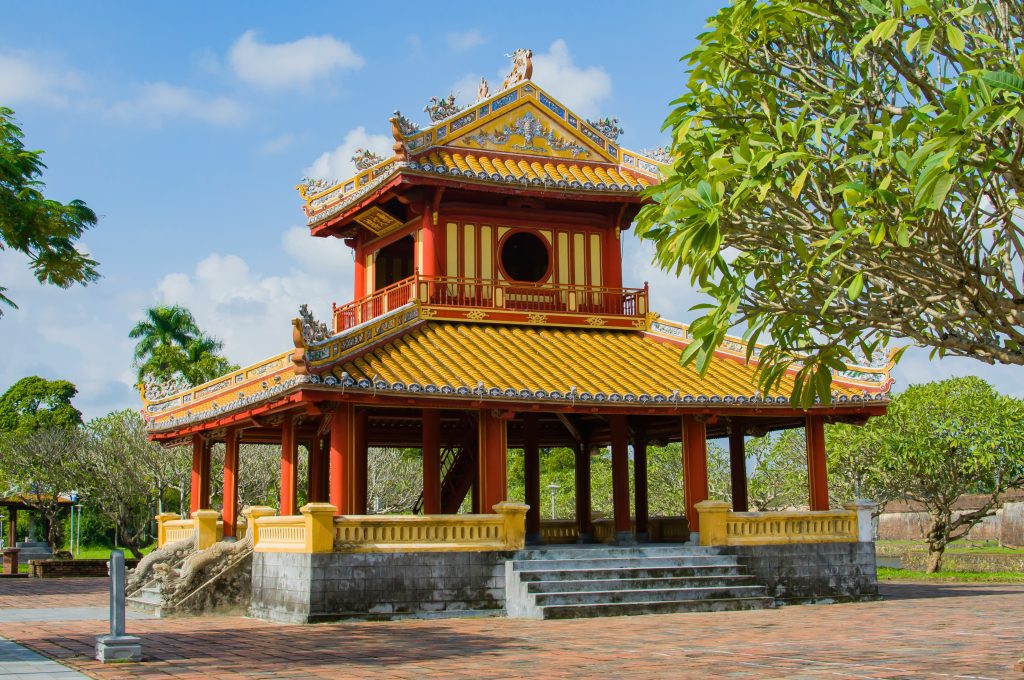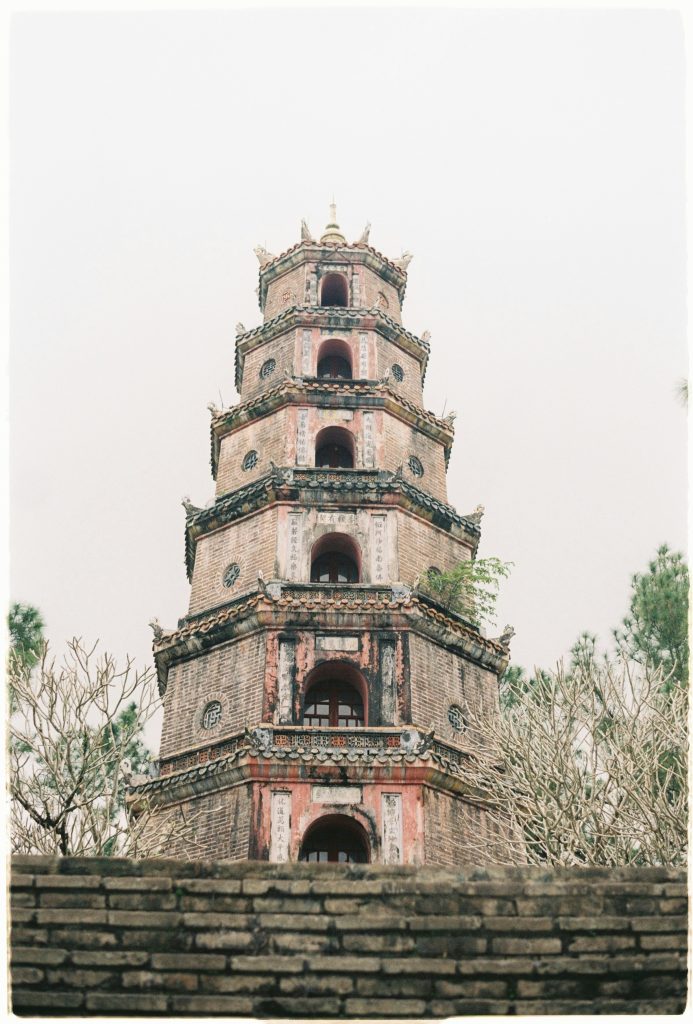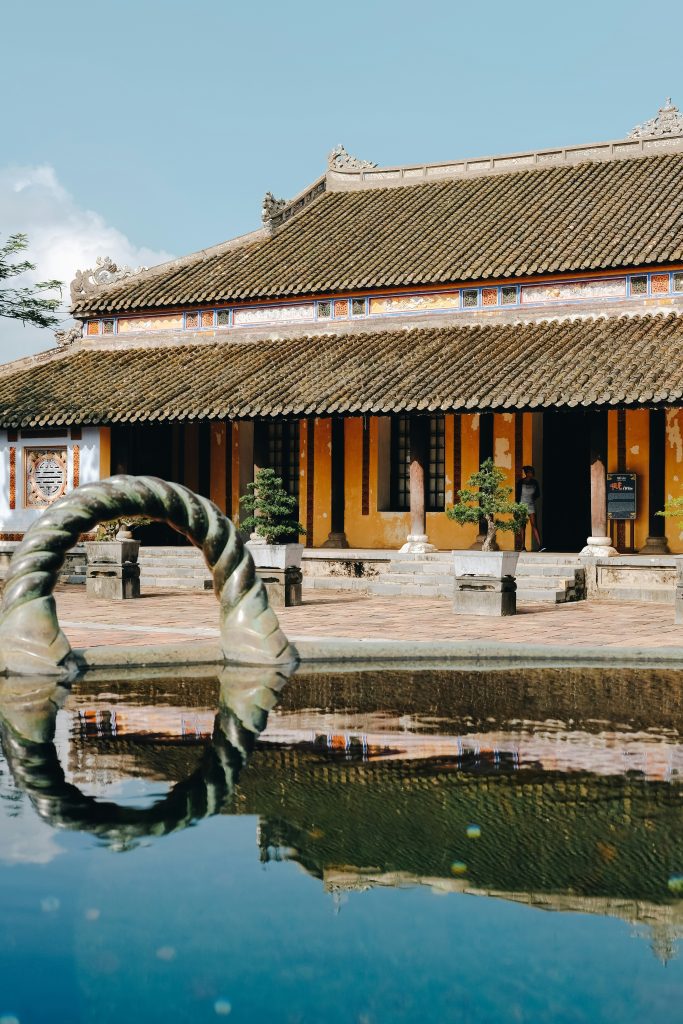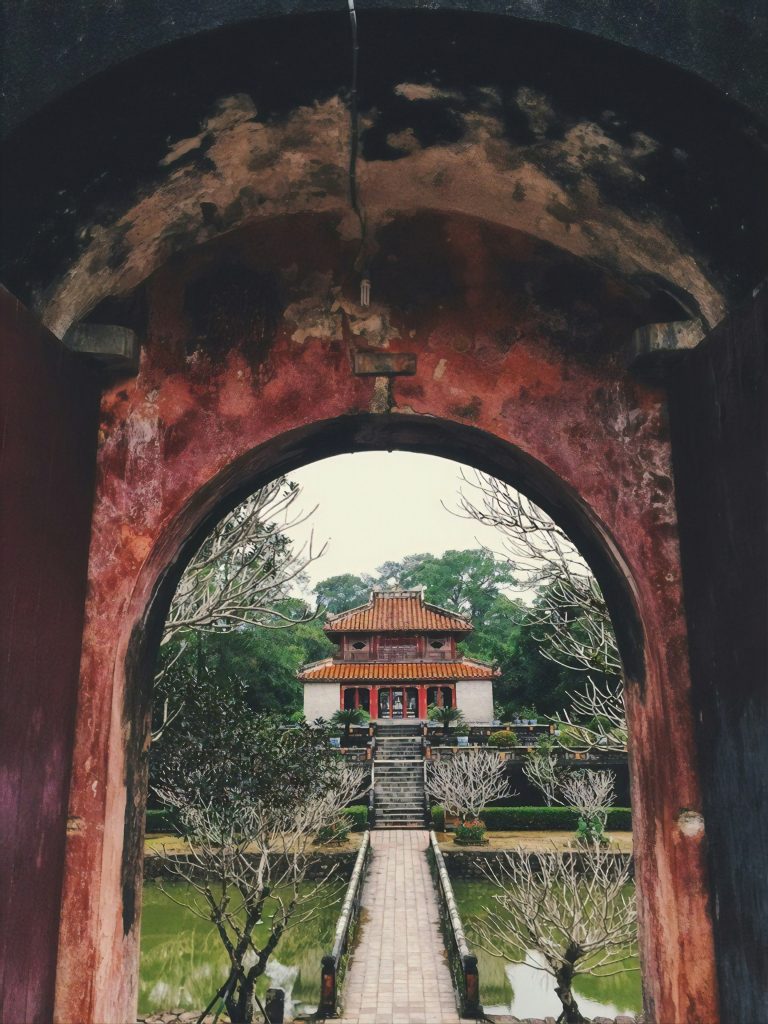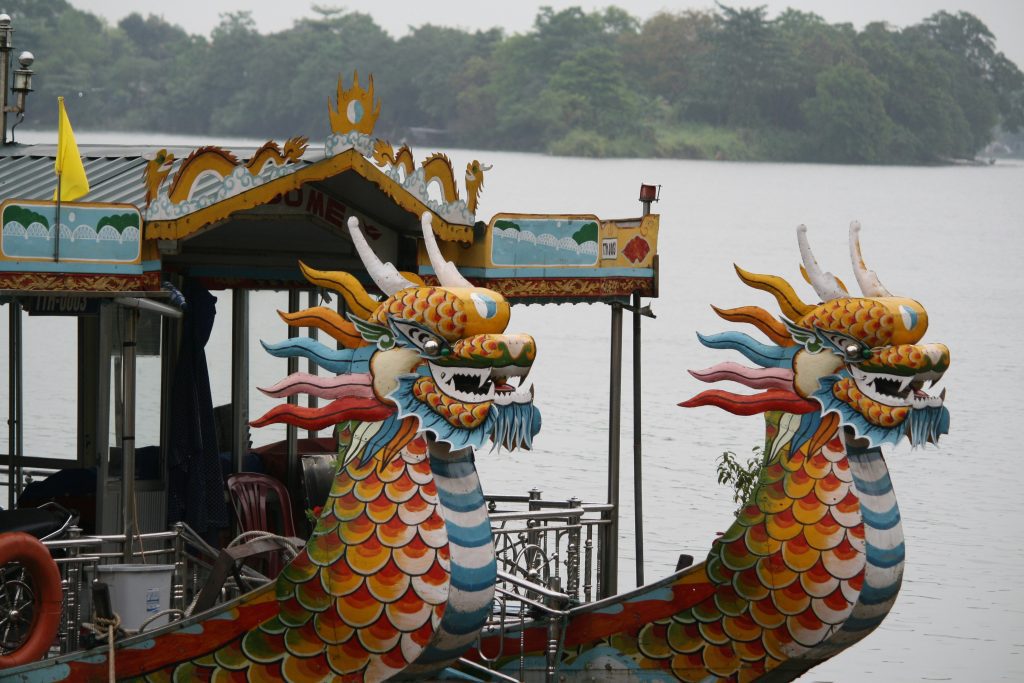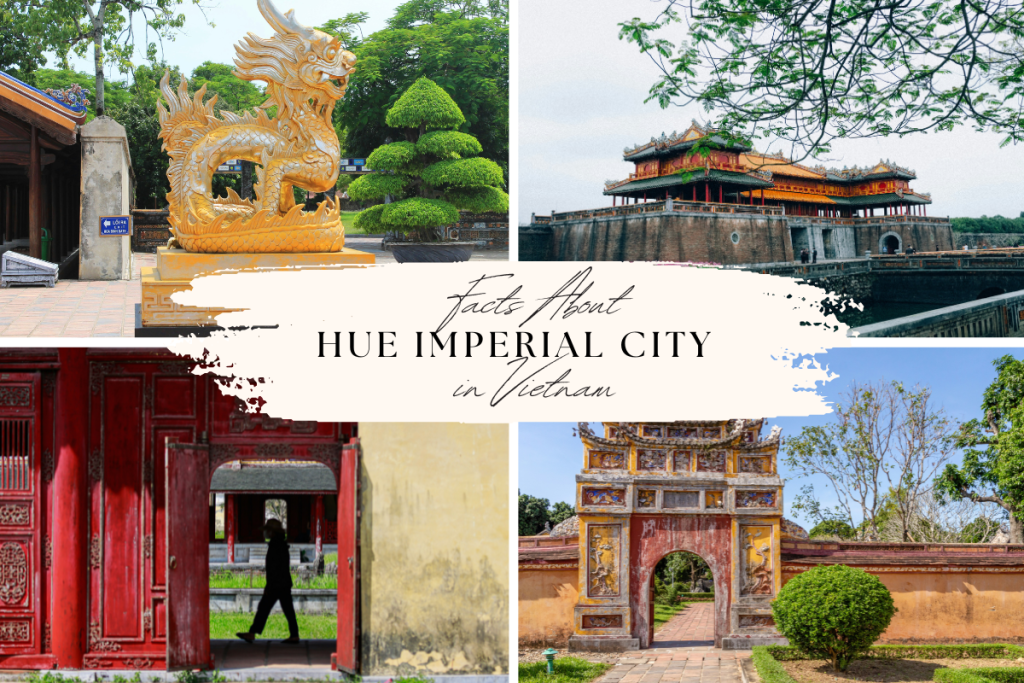
Hue Imperial City, located in central Vietnam, is a UNESCO World Heritage Site renowned for its historical significance and architectural beauty. Once the capital of the Nguyen Dynasty from 1802 to 1945, this sprawling complex served as the political, cultural, and religious center of Vietnam.
Enclosed by impressive fortified walls and a moat, Hue Imperial City boasts a wealth of palaces, temples, pavilions, and gates, each meticulously designed to reflect the grandeur and sophistication of imperial Vietnam. Visitors can explore the Forbidden Purple City, where emperors once resided and conducted affairs of state, as well as the surrounding gardens, ponds, and ceremonial courtyards. Steeped in history and surrounded by picturesque landscapes, Hue Imperial City offers a captivating glimpse into Vietnam’s rich cultural heritage and royal legacy.
For more extraordinary sights to see in Hue Imperial City, check out our guide. But now, make sure you know these facts about Hue Imperial City:
The History Of Hue Imperial City
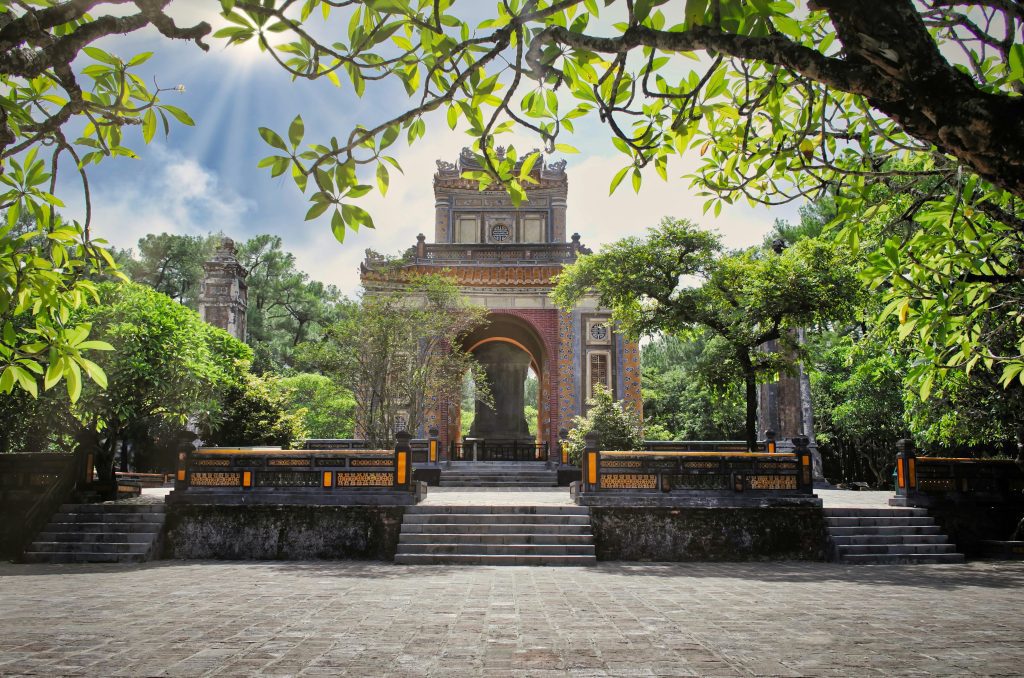
The history of Hue Imperial City is steeped in grandeur, spanning centuries of Vietnamese dynastic rule and cultural heritage. Constructed in the early 19th century by Emperor Gia Long, Hue Imperial City served as the political and administrative center of the Nguyen Dynasty, Vietnam’s last feudal dynasty.
Throughout its history, Hue Imperial City witnessed periods of prosperity, political intrigue, and conflict, including the Vietnam War, during which it suffered extensive damage. However, ongoing restoration efforts have preserved much of its architectural splendor, earning it recognition as a UNESCO World Heritage Site and a revered symbol of Vietnam’s rich cultural legacy.
Getting to Hue Imperial City
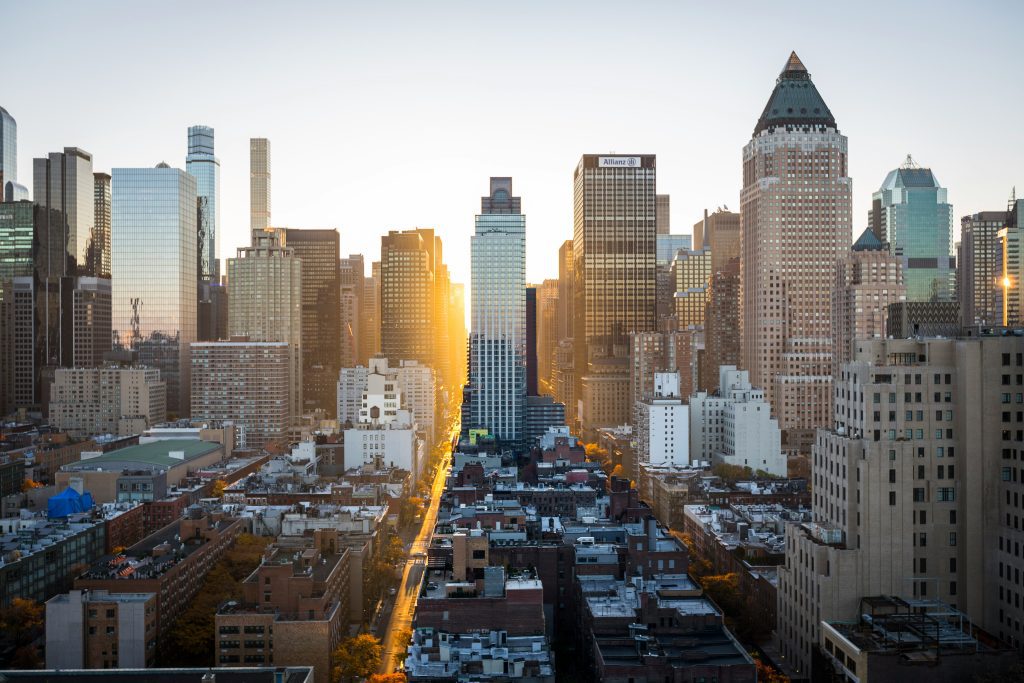
Getting to Hue Imperial City is relatively straightforward, with various transportation options available to visitors. If traveling by car, most tourists opt to hire a private driver or rent a car for flexibility and convenience. From major cities like Da Nang or Hanoi, the journey typically takes several hours, with well-maintained highways offering scenic views along the way.
Alternatively, travelers can take advantage of Vietnam’s extensive public transport network, including trains and buses. The Reunification Express train connects Hue with major cities across the country, offering a comfortable and budget-friendly option for those seeking a more leisurely journey. Additionally, buses operate regular routes to Hue from nearby towns and cities, providing an affordable mode of transportation for budget-conscious travelers. Upon arrival in Hue, visitors can easily access Imperial City by taxi or cyclo (bicycle rickshaw), with the entrance located just a short distance from the city center.
What are the visiting hours for Hue Imperial City?
The visiting hours for Hue Imperial City typically vary depending on the season and day of the week. Generally, the site is open to visitors from early morning until late afternoon. Here are approximate visiting hours:
- Summer (April to September): 7:00 AM to 5:30 PM
- Winter (October to March): 7:00 AM to 5:00 PM
It’s essential to verify the current opening hours before your visit, as they may be subject to change due to factors such as maintenance, special events, or public holidays. Additionally, guided tours may have specific schedules, so it’s advisable to check in advance if you plan to join a tour.
When is the best time to visit Hue Imperial City in Vietnam?
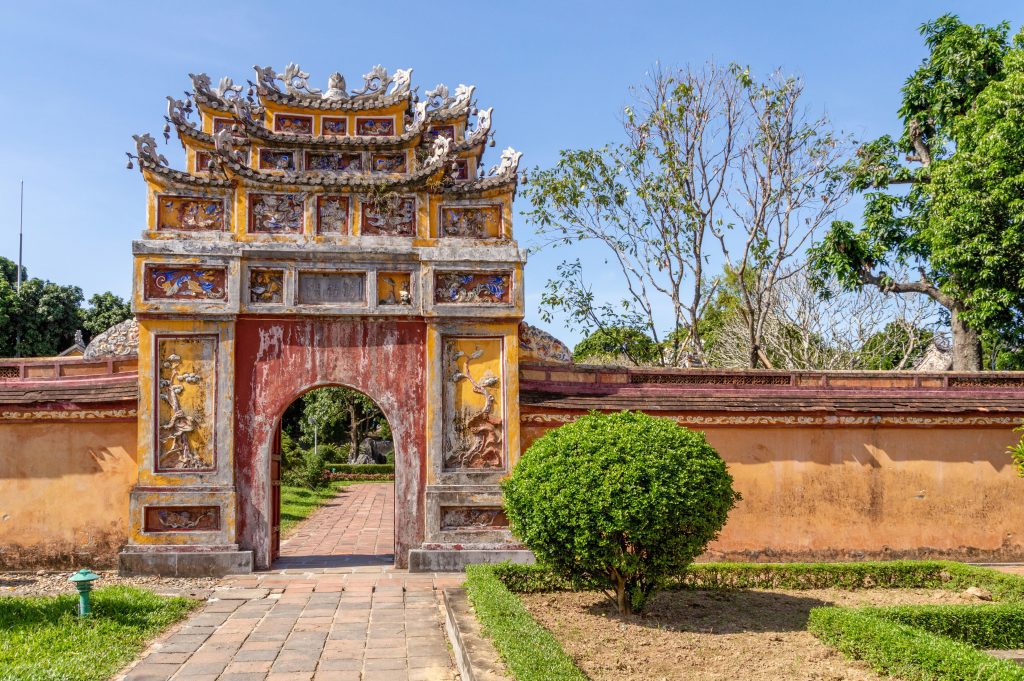
The best time to visit Hue Imperial City in Vietnam is during the spring months of February to April and the autumn months of September to November. During these periods, the weather is generally mild and pleasant, with comfortable temperatures and lower humidity levels, making it ideal for exploring the outdoor attractions of the city. Additionally, these seasons coincide with the blooming of flowers and lush greenery, enhancing the beauty of the Imperial City’s gardens and landscapes.
However, it’s important to note that Hue experiences a rainy season from October to December, which can bring heavy downpours and occasional flooding. Therefore, travelers should be prepared for the possibility of rain and plan their visit accordingly.
What are the best attractions to visit in Hue Imperial City?
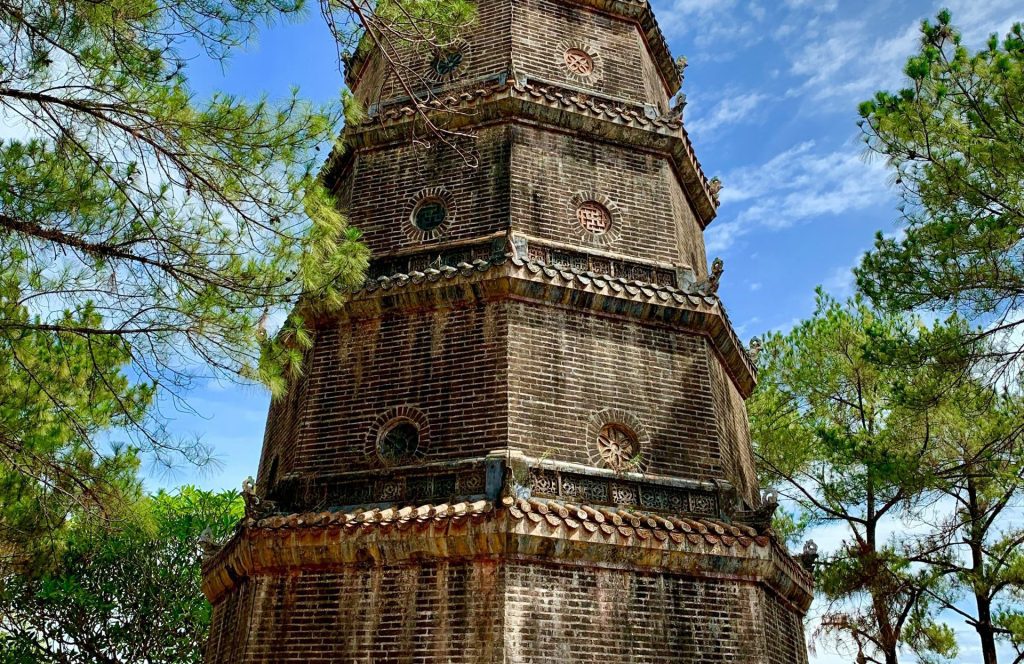
Thien Mu Pagoda
Situated on the northern banks of the Perfume River, Thien Mu Pagoda is an iconic symbol of Hue and a significant religious site. This seven-story pagoda, also known as the Pagoda of the Celestial Lady, is adorned with ornate architecture, elegant courtyards, and tranquil gardens. Built in the early 17th century, the pagoda is steeped in legend and history, serving as a spiritual center and pilgrimage destination for Buddhists.
Visitors can explore the pagoda’s various halls, pagodas, and shrines, including the towering Phuoc Duyen Tower, which offers panoramic views of the surrounding countryside and river. With its serene atmosphere and cultural significance, Thien Mu Pagoda is a must-visit attraction for those exploring the cultural heritage of Hue Imperial City.
The Forbidden Purple City
Within the confines of Hue Imperial City lies the Forbidden Purple City, a fortified inner citadel that once served as the private residence of the Nguyen emperors and their families. This secluded complex, surrounded by high walls and a protective moat, contains palaces, pavilions, and gardens that were accessible only to the imperial court. Despite suffering damage during conflicts, the Forbidden Purple City retains its regal charm and offers visitors a glimpse into the opulent lifestyle of Vietnam’s royal past.
The Imperial City Gates
Hue Imperial City is punctuated by several grand gates, each serving as a symbolic entry point into the royal precincts. Notable among these gates are the Ngo Mon Gate, adorned with a striking five-tiered tower and used for royal processions and ceremonies, and the Meridian Gate (Noon Gate), which features intricate bas-reliefs and serves as the main entrance to the Imperial City. These impressive gates provide a glimpse into the architectural splendor and ceremonial significance of Hue’s imperial past.
The Royal Tombs
Just outside the Imperial City, visitors can explore a series of magnificent royal tombs built for the Nguyen emperors along the banks of the Perfume River. These elaborate mausoleums, set amidst lush gardens and picturesque landscapes, reflect the individual tastes and personalities of the rulers they commemorate. Notable tombs include the Tomb of Emperor Minh Mang, known for its tranquil setting and harmonious architectural design, and the Tomb of Emperor Khai Dinh, characterized by its fusion of traditional Vietnamese and European styles.
Important Facts About the Architecture of Hue Imperial City
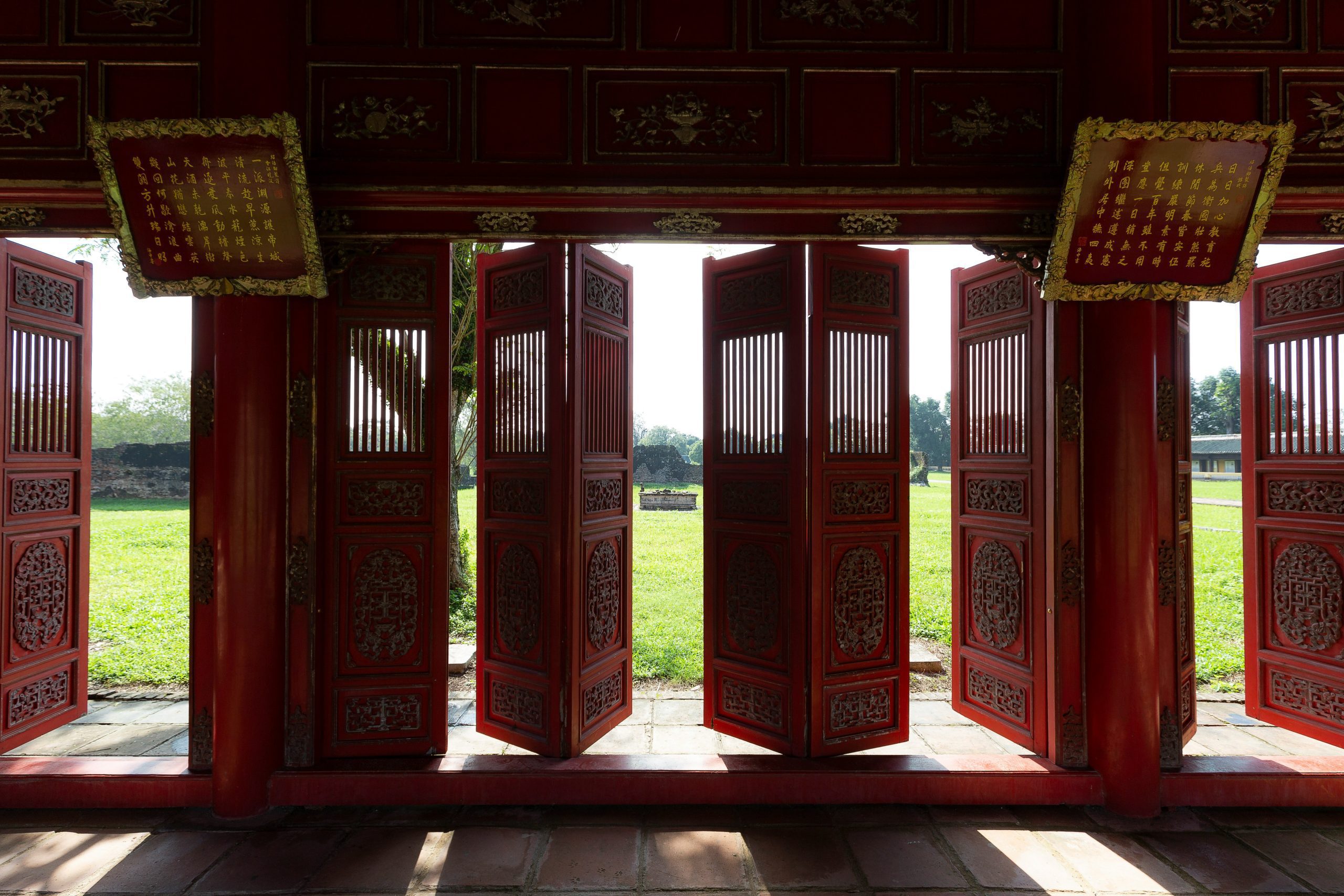
The architecture of the city reflects the grandeur and sophistication of Vietnam’s imperial past, blending traditional Vietnamese design with elements of Chinese and French influence.
- Mandala Design: The layout of Hue Imperial City is based on the principles of Feng Shui and traditional Vietnamese mandala design. The complex is organized into a series of concentric squares, with the Forbidden Purple City at its center, surrounded by protective walls and gates.
- Chinese Influence: Inspired by the Forbidden City in Beijing, Hue Imperial City exhibits strong Chinese architectural influences, particularly in its layout, gateways, and defensive structures. The Meridian Gate, for example, resembles its counterpart in Beijing, while the use of glazed ceramic tiles and decorative motifs also reflects Chinese design aesthetics.
- French Influence: During the reign of Emperor Gia Long in the early 19th century, French architects and engineers were employed to modernize and expand Hue Imperial City. This period of French influence is evident in the addition of European-style buildings, gardens, and landscaping elements, as well as the construction of military fortifications and defensive walls.
- Palaces and Pavilions: Within the Imperial City, visitors can admire a variety of palaces, pavilions, and ceremonial halls, each showcasing intricate woodwork, colorful decorations, and ornate carvings. Thai Hoa Palace, for example, features a double-roofed design adorned with dragon motifs, while Dien Tho Residence showcases elegant wooden screens and lacquered panels.
- Materials and Techniques: Traditional Vietnamese construction techniques were employed in the construction of Hue Imperial City, with an emphasis on using locally-sourced materials such as wood, stone, and ceramic tiles. Intricate woodcarvings, mosaic work, and decorative motifs were applied by skilled artisans to embellish the buildings and create a sense of grandeur and opulence.
- Cultural Symbolism: The architecture the city is rich in cultural symbolism, with elements such as dragons, phoenixes, and lotus flowers representing power, prosperity, and spiritual significance. These symbolic motifs are woven into the design of buildings, gates, and decorative elements, reflecting the spiritual and cultural beliefs of the Nguyen Dynasty.
Hue Imperial City Pictures
FAQs
The Imperial City of Hue stands as a poignant symbol of Vietnam’s historical, cultural, and architectural legacy. Serving as the capital of the Nguyen Dynasty from 1802 to 1945, this UNESCO World Heritage Site holds immense significance as the political and cultural heart of the country during its imperial era.
Hue, located in central Vietnam, boasts a rich tapestry of history, culture, and natural beauty. Beyond its famed Imperial City, the city offers intriguing attractions and fun facts. Hue is known as the culinary capital of Vietnam, celebrated for its diverse and flavorful cuisine, including iconic dishes such as bun bo Hue (spicy beef noodle soup) and banh khoai (Vietnamese crispy pancakes).
Hue Imperial City, also known as the Citadel of Hue, was constructed in the early 19th century. Specifically, it was built during the reign of Emperor Gia Long, the first emperor of the Nguyen Dynasty, who founded the city of Hue and established it as the capital of Vietnam in 1802. Therefore, Hue Imperial City is approximately over 200 years old.
The city of Hue, located in central Vietnam, is known for several notable features and attractions. Primarily, it is renowned for being the former imperial capital of Vietnam during the Nguyen Dynasty from 1802 to 1945. Hue is celebrated for its rich history, cultural heritage, and architectural landmarks, particularly the Hue Imperial City, a UNESCO World Heritage Site that served as the political and cultural center of the dynasty.
The Citadel of Hue covers an area of approximately 520 hectares (1,285 acres). Within this vast complex, the Imperial City itself occupies about 10 square kilometers (3.8 square miles).
Yes, visiting Hue Imperial City is definitely worth it for travelers interested in history, culture, and architecture. As a UNESCO World Heritage Site, Hue Imperial City offers a captivating glimpse into Vietnam’s imperial past and the grandeur of the Nguyen Dynasty. The complex is home to impressive palaces, temples, pavilions, and gates, showcasing intricate architectural designs and cultural symbolism.
Hue fell during the Tet Offensive of the Vietnam War, which occurred from late January to early February 1968. The city was seized by the Viet Cong and North Vietnamese forces on January 31, 1968, marking a significant turning point in the conflict. The Battle of Hue was one of the longest and bloodiest of the entire war, resulting in extensive damage to the city and the loss of thousands of lives.
The amount of time it takes can vary depending on individual interests, pace, and the level of exploration desired. However, most visitors typically spend around 2 to 3 hours exploring the main attractions within the Imperial City. This timeframe allows for a leisurely stroll through the complex, visiting key landmarks such as the Forbidden Purple City, Thai Hoa Palace, the Imperial City gates, and other notable structures.
Near Hue Imperial City, several additional attractions await exploration, enriching the visitor’s experience with diverse cultural, historical, and natural offerings. Thien Mu Pagoda, with its elegant architecture and spiritual significance, stands as an iconic symbol along the Perfume River. Just outside the city, the Royal Tombs of the Nguyen emperors offer insight into Vietnam’s imperial history and architectural heritage, while Dong Ba Market provides a bustling atmosphere filled with local goods and culinary delights.
Make the most of your time exploring the Hue Imperial City in Vietnam with these facts. Choose from a selection of Vietnam tours and enjoy your adventure in Vietnam!
 Spring Sale: 2 FOR 1
Spring Sale: 2 FOR 1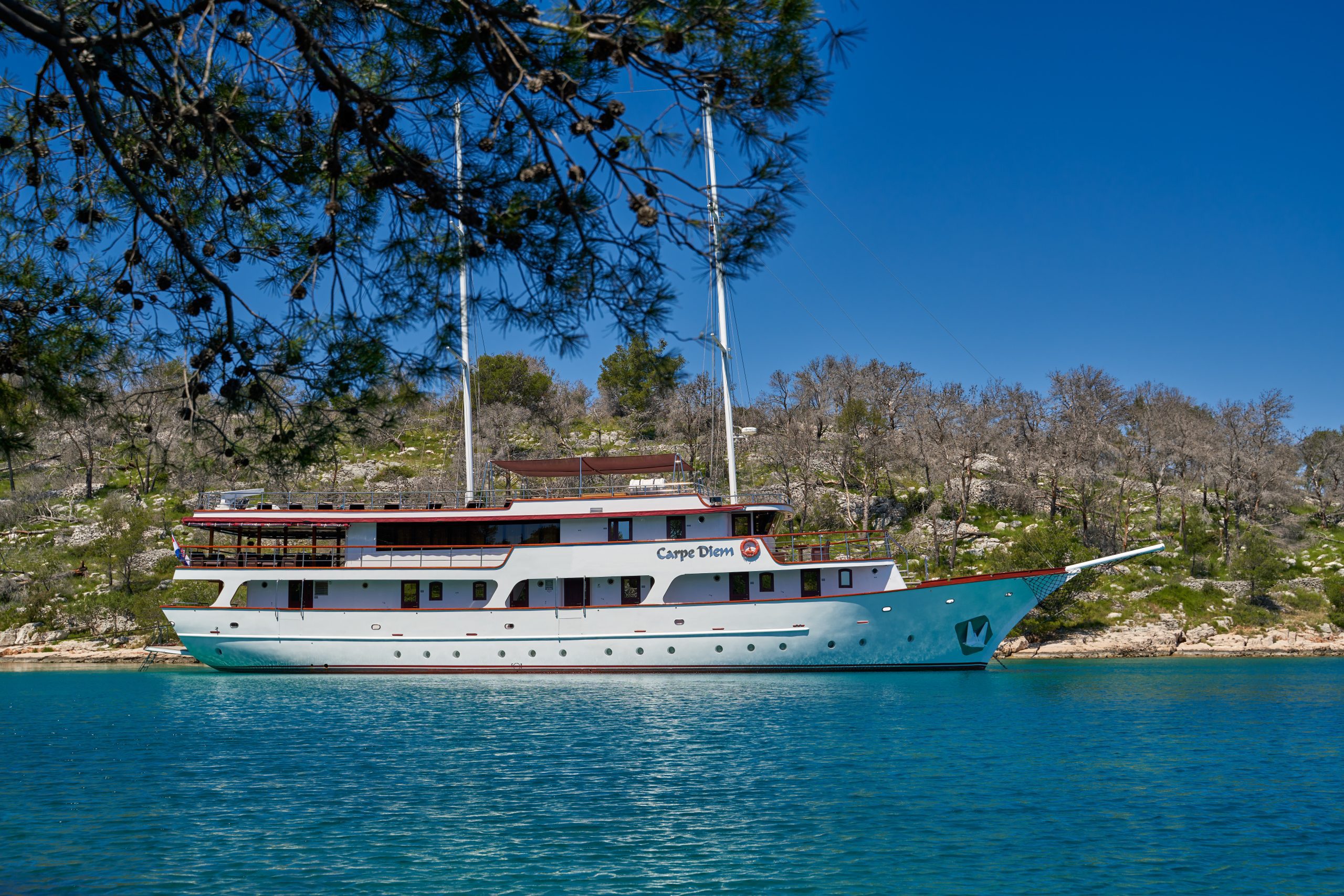 Croatia Sailing 2024: 2 For 1
Croatia Sailing 2024: 2 For 1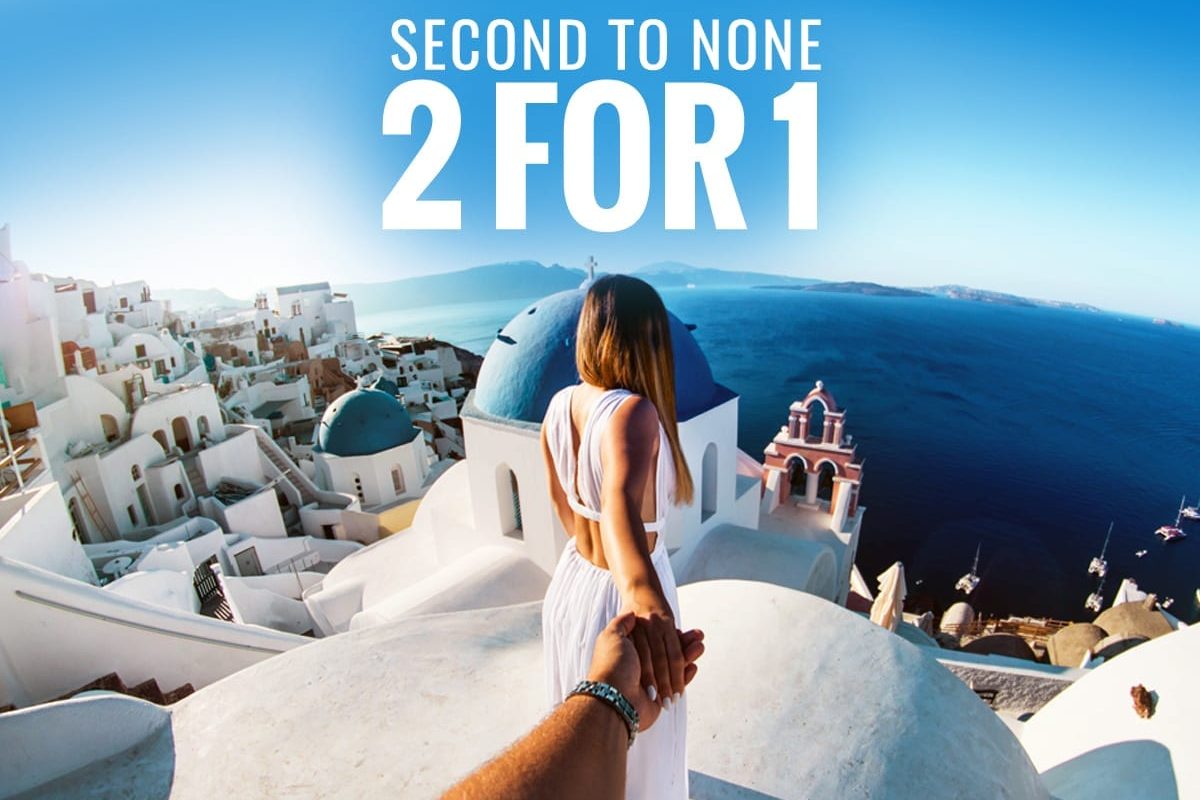 Greece Trips : 2 For 1
Greece Trips : 2 For 1 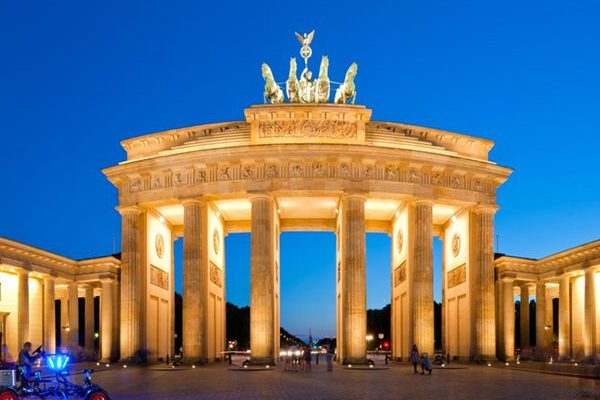 Central & Eastern Europe Tours: 2 For 1
Central & Eastern Europe Tours: 2 For 1  Why Travel Talk
Why Travel Talk Safe Travels with Travel Talk
Safe Travels with Travel Talk Fair Travels with Travel Talk
Fair Travels with Travel Talk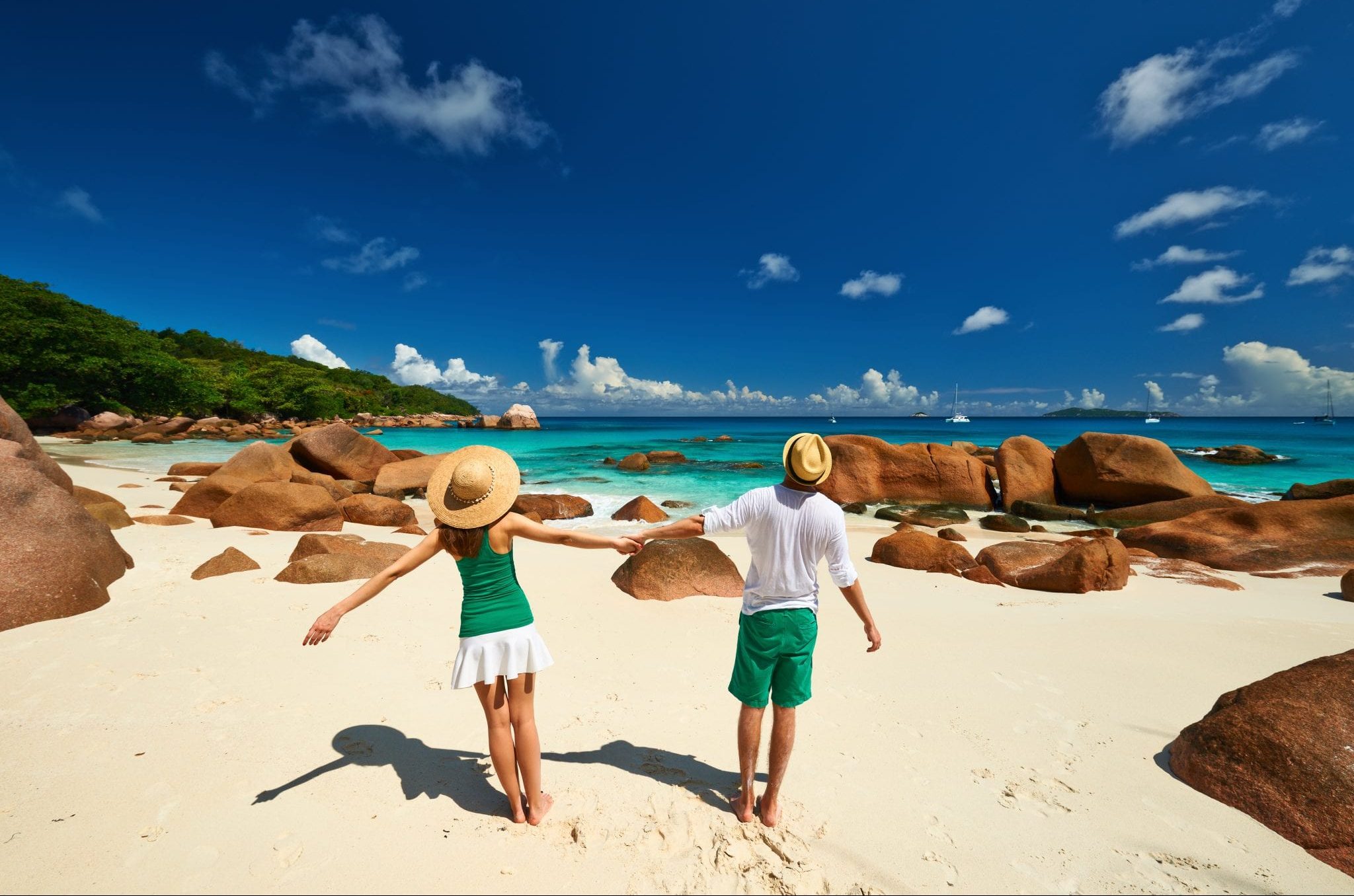 Travel Talk Blog
Travel Talk Blog